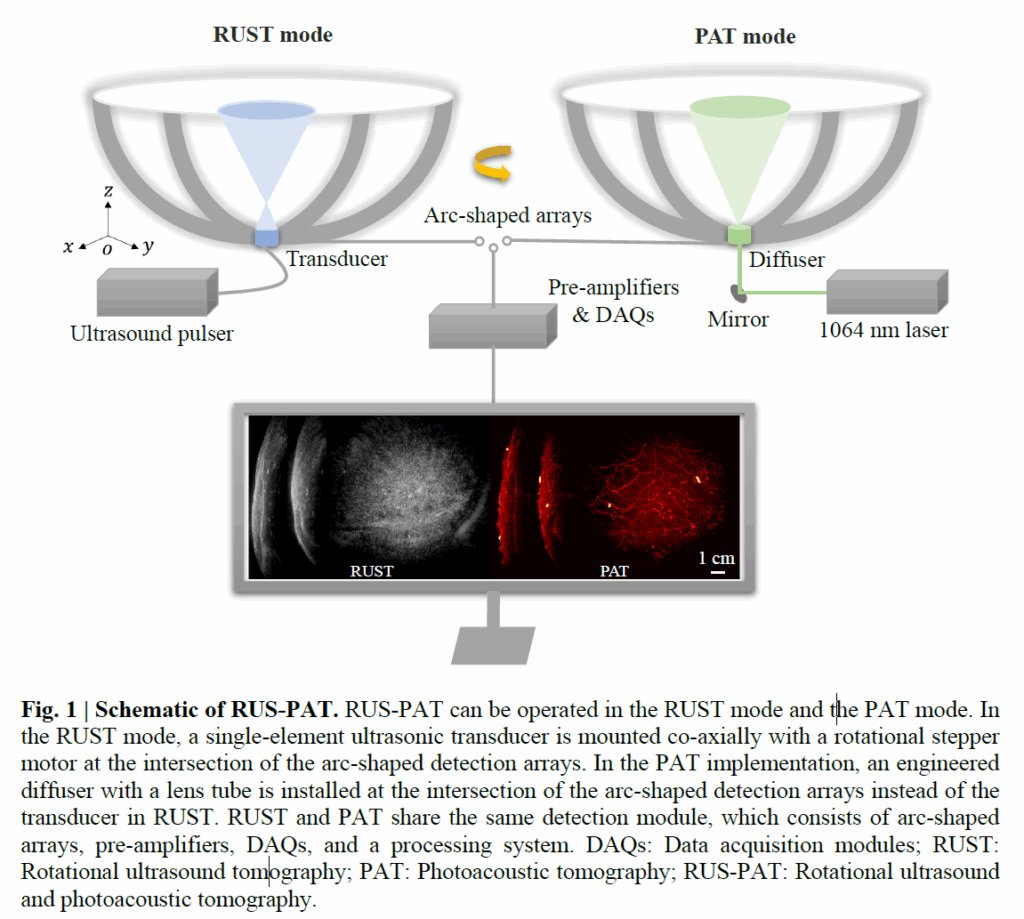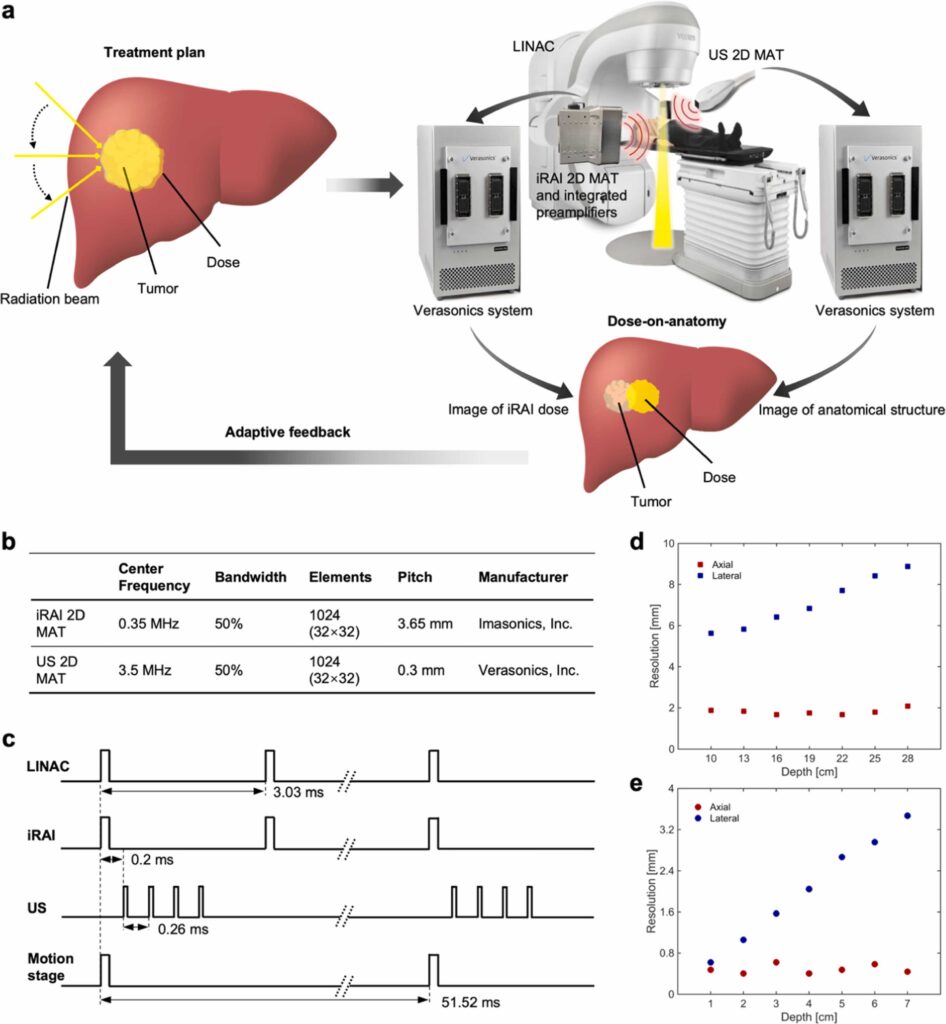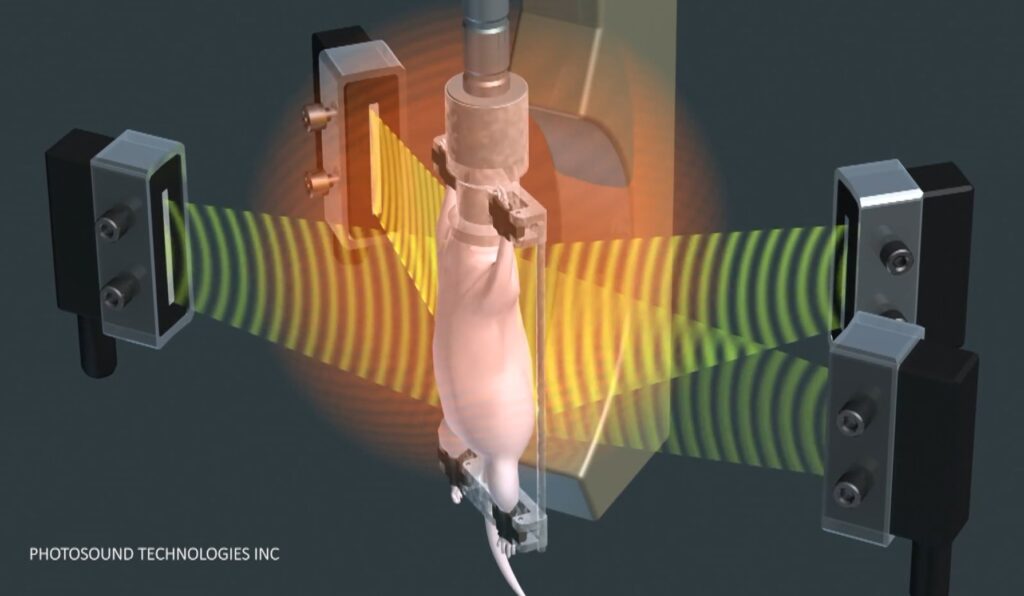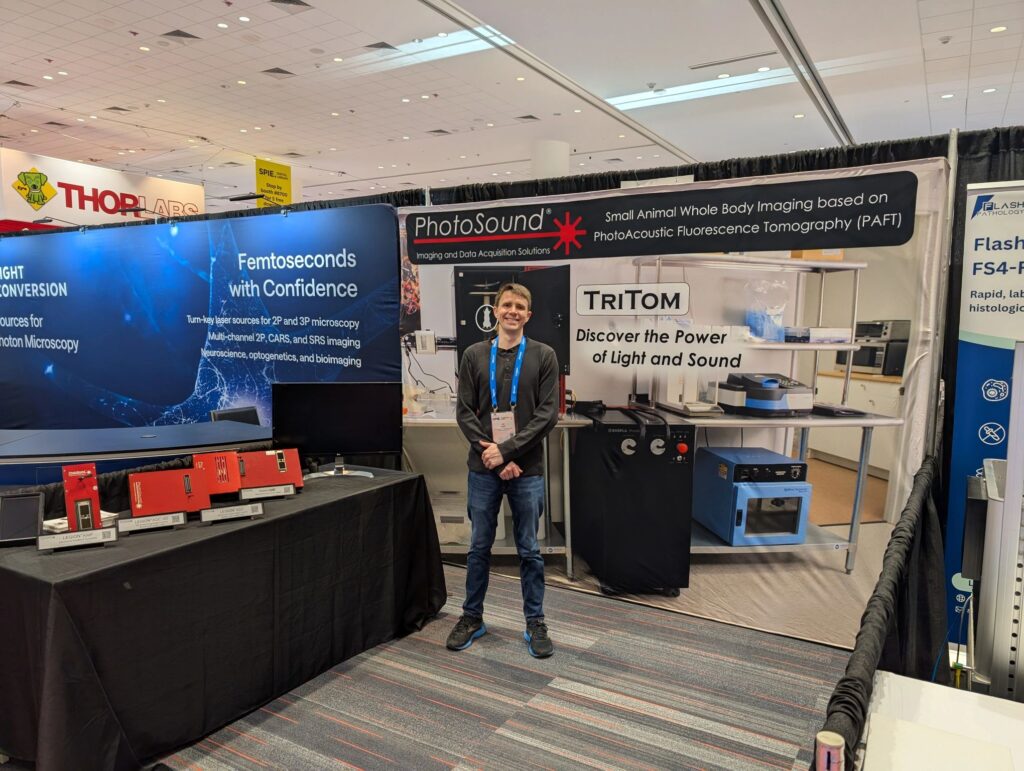Author(s): Hao Yang, Md Farhan Tanvir, Huabei Jiang
Graphical Abstract
This study investigates the effects of chronic prenatal alcohol exposure on fetal brain vascular development in mice using photoacoustic tomography. Key vascular parameters such as vessel diameter, density, and oxygen saturation were analyzed from embryonic Days 10 to 20. Results demonstrate significant vascular disruptions in alcohol-exposed groups compared to controls, highlighting the vulnerability of fetal development to alcohol exposure and the utility of photoacoustic tomography in detecting these changes.
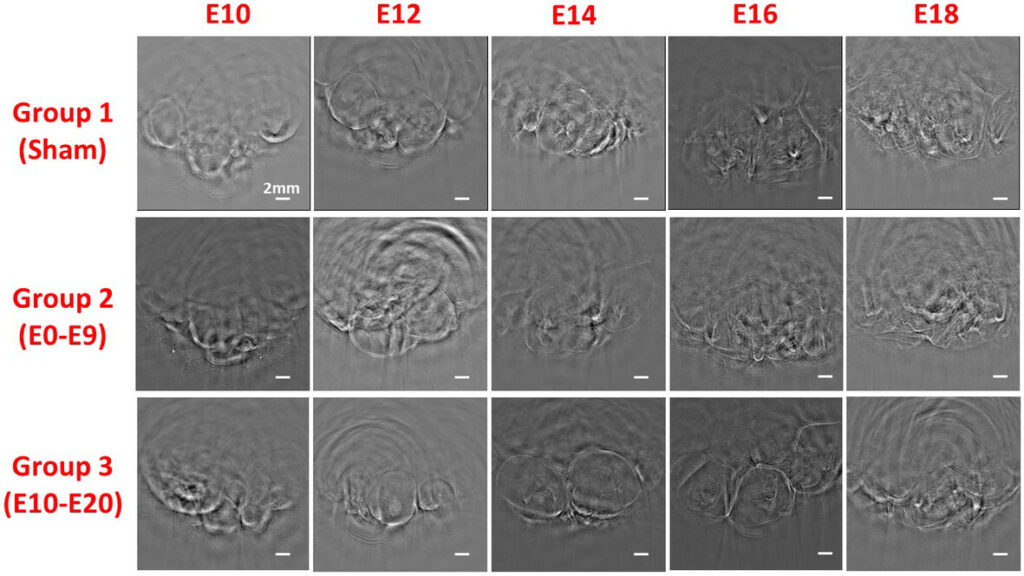
ABSTRACT
Prenatal alcohol exposure (PAE) is a major contributor to fetal alcohol spectrum disorder (FASD), resulting in neurodevelopmental abnormalities. This study utilizes photoacoustic tomography (PAT) to investigate the effects of PAE on fetal brain vasculature in mice. PAT imaging was conducted from embryonic Day 10 (E10) to Day 20 (E20), aimed to compare two alcohol-exposed groups with a control group. Key vascular parameters, including blood vessel diameter and density, and oxygen saturation (sO2), were analyzed. Results show significant reductions in vessel size and density, as well as reduced sO2 levels, in alcohol-exposed groups, especially from E14 onward, compared to controls. These findings underscore the vulnerability of the fetal brain to alcohol exposure during early development and highlight the potential of PAT as a valuable tool for investigating FASD-related vascular changes.


